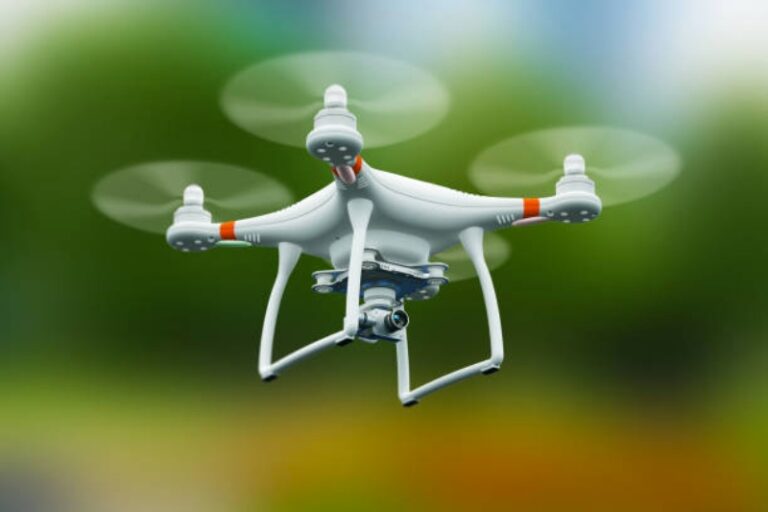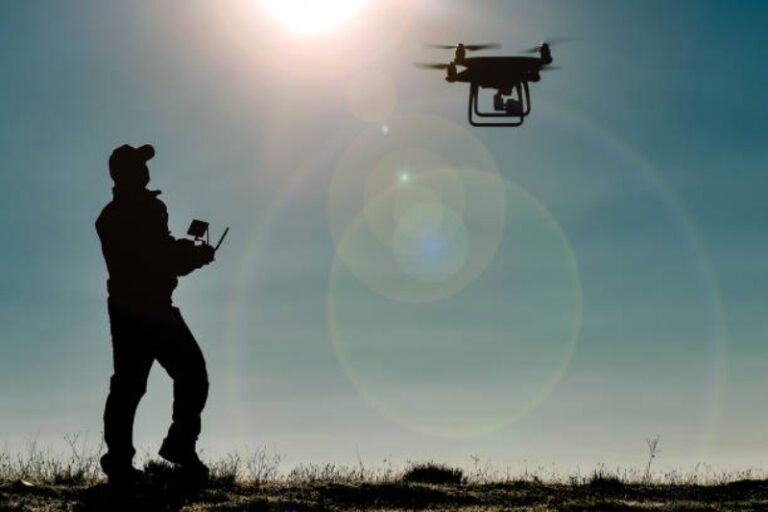Computing versus Flying Drones | Edge Technology
Multi-access edge computing (MEC) has evolved as a viable option to enable mobile platforms to cope with computational complexity and lag-sensitive programs, thanks to the fast growth of the Internet of Things (IoT) and 5G connectivity. Computing workstations, on the other hand, are often incorporated in stationary access points (APs) or base stations (BSs), which has some drawbacks. Thanks to drones' portability, adaptability, and maneuverability, a new approach to drone-enabled airborne computing has lately received much interest (Busacca, Galluccio, and Palazzo, 2020). Drones can be immediately dispatched to defined regions to address emergency and/or unanticipated needs when the computer servers included in APs/BSs are overwhelmed or inaccessible. Furthermore, relative to land computation, drone computing may considerably reduce work latency and communication power usage by making use of the line-of-sight qualities of air-ground linkages. Drone computing, for example, can be useful in disaster zones, emergencies, and conflicts when grounded equipment is scarce.

Drones as the Next-Generation Flying IoT#
Drones will use a new low-power design to power the applications while remaining aloft, allowing them to monitor users and make deliveries. Drones with human-like intelligence will soon be able to recognize and record sportsmen in action, follow offenders, and carry things directly to the home. But, like with any efficient system, machine learning may consume energy, thus research on how to transfer a drone's computing workloads to a detector design to keep battery use low to keep drones flying for very much longer is necessary. Drones are a new type of IoT gadget that flies through the air with complete network communication capabilities (Yazid et al., 2021). Smart drones with deep learning skills must be able to detect and follow things automatically to relieve users of the arduous chore of controlling them, all while operating inside the power constraints of Li-Po batteries.
Drone-assisted Edge Computing#

The 5G will result in a significant shift in communications technologies. 5G will be required to handle a huge amount of customers and networking equipment with a wide range of applications and efficiency needs (Hayat et al., 2021). A wide range of use instances will be implemented and back, with the Internet of Things (IoT) becoming one of the most important due to its requirement to communicate a large number of devices that collect and transmit information in numerous different applications such as smart buildings, smart manufacturing, and smart farming, and so on. Drones could be used to generate drone cells, which also discusses the requirement for combining increasing pressure of IoT with appropriate consumption of network resources, or perhaps to establish drones to deliver data transmission and computer processing skills to mobile users, in the incident of high and unusual provisional incidents generating difficult and diverse data-traffic volume.
How AI at the Edge Benefits Drone-Based Solutions#
AI is making inroads into smart gadgets. The edge AI equipment industry is growing at a quicker rate due to the flexibility of content operations at the edge. Data accumulation is possible with edge technology. Drones, retail, and business drones are rising in popularity as edge equipment that creates data that has to be processed. Drones with Edge AI are better for construction or manufacturing, transportation surveillance, and mapping (Messous et al., 2020). Drones are a form of edge technology that may be used for a variety of tasks. Visual scanning, picture identification, object identification, and tracking are all used in their work. Drones using artificial intelligence (AI) can recognize objects, things, and people in the same manner that humans can. Edge AI enables effective analysis of the data and output production based on data acquired and delivered to the edge network by drones, and aids in the achievement of the following goals:
- Object monitoring and identification in real-time. For security and safety purposes, drones can monitor cars and vehicular traffic.
- Infrastructure that is aging requires proactive upkeep. Bridges, roads, and buildings degrade with time, putting millions of people in danger.
- Drone-assisted surveillance can help guarantee that necessary repairs are completed on time.
- Face recognition is a technique for recognizing someone's face whereas this prospect sparks arguments about the technology's morality and validity, AI drones with face recognition can be beneficial in many situations.
Drones may be used by marketing teams to track brand visibility or gather data to evaluate the true influence of brand symbol installation.
Challenges in Drone-Assisted Edge Computing#
Drone computing has its own set of challenges such as:
- Drone computing differs greatly from ground computation due to the extreme movement of drones. Wireless connectivity to/from a drone, in particular, changes dramatically over time, necessitating meticulous planning of the drone's path, task distribution, and strategic planning.
- Computational resources must also be properly apportioned over time to guarantee lower data energy usage and operation latency. A drone's power flight plan is critical for extending its service duration (Sedjelmaci et al., 2019).
- Due to a single drone's limited computing capability, many drones should be considered to deliver computing services continuously, where movement management, collaboration, and distribution of resources of numerous drones all necessitate sophisticated design.
Conclusion#
In drone computing, edge technology guarantees that all necessary work is completed in real-time, directly on the spot. In relief and recovery efforts, a drone equipped with edge technology can save valuable hours (Busacca, Galluccio, and Palazzo, 2020). Edge computing, and subsequently edge AI, have made it possible to take a new and more efficient approach to information analysis, resulting in a plethora of information drone computing options. Drones can give value in a range of applications that have societal implications thanks to edge technology. [Edge data centres] will likely play a key part in this, maybe aiding with the micro-location data needed to run unmanned drone swarms in the future. Increasing commercial drone technology does have the ability to provide advantages outside of addressing corporate objectives.
Read more about the Other Edge Computing Usecases.